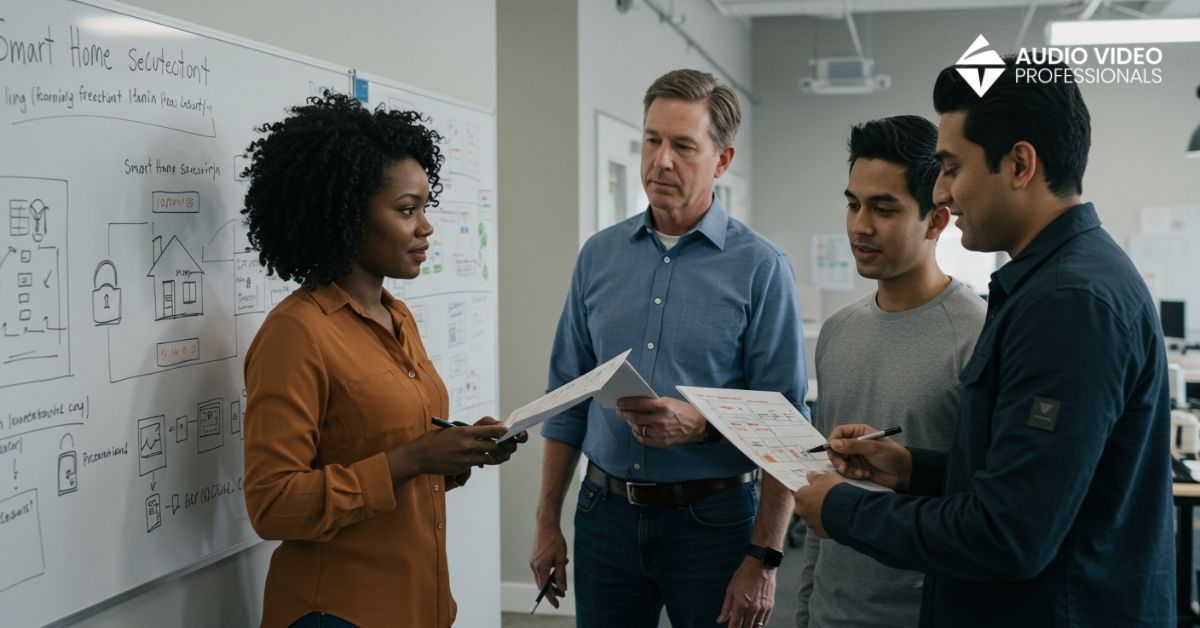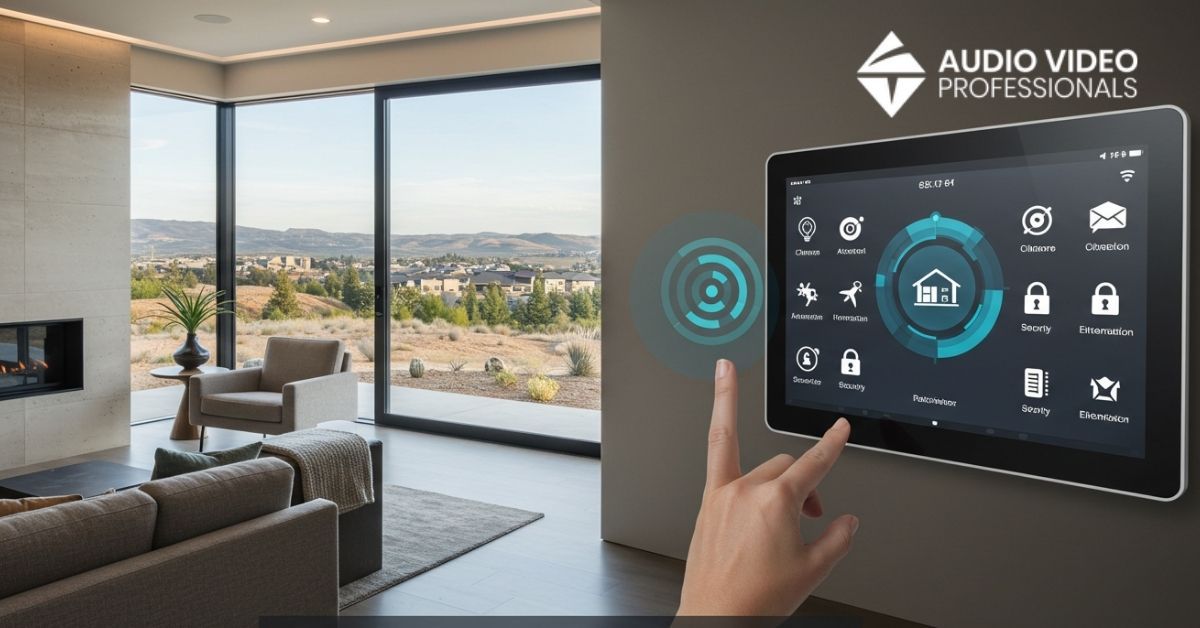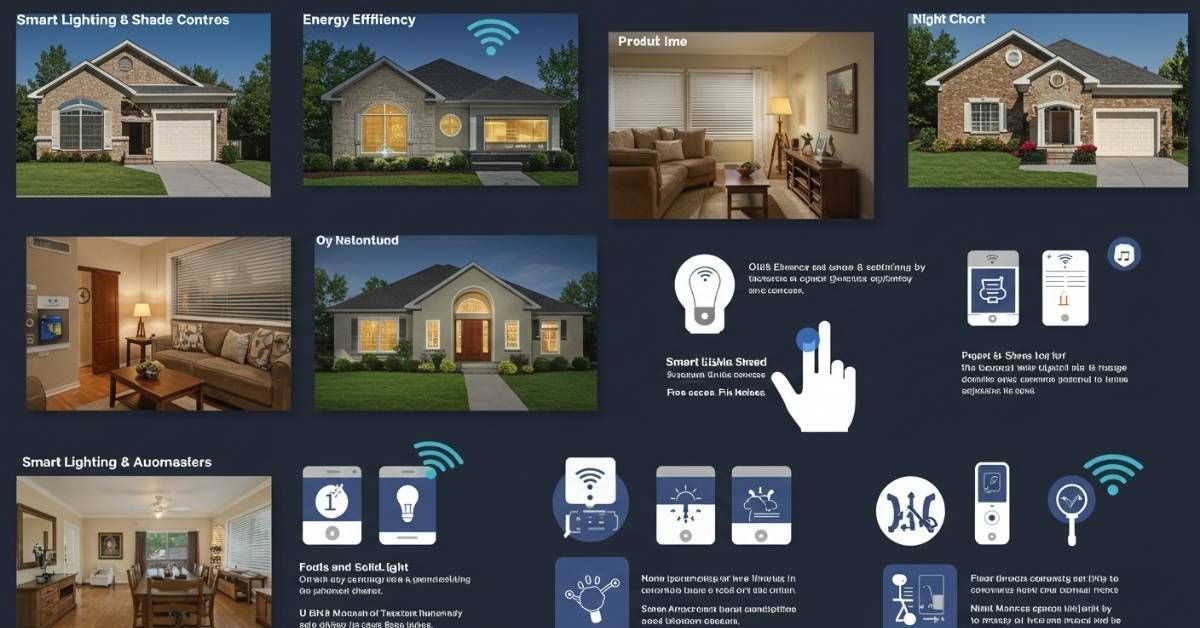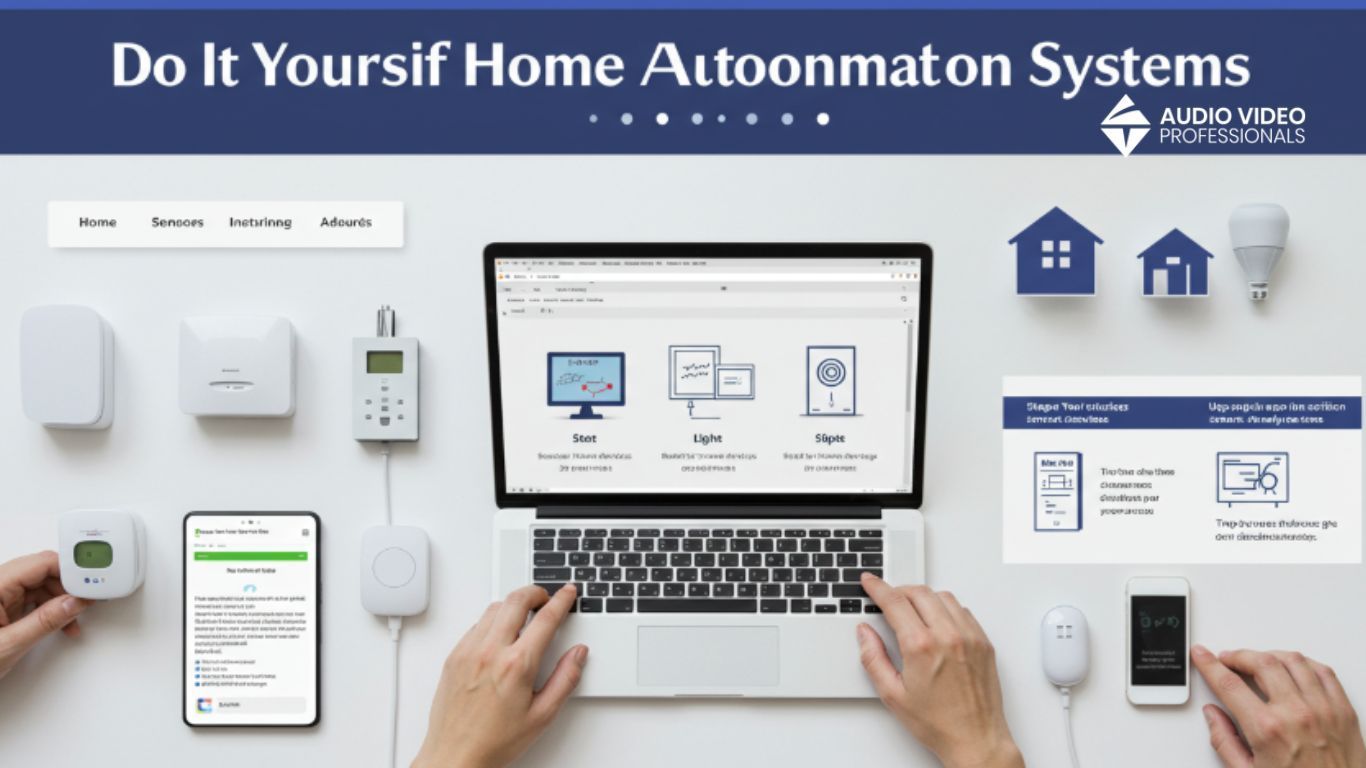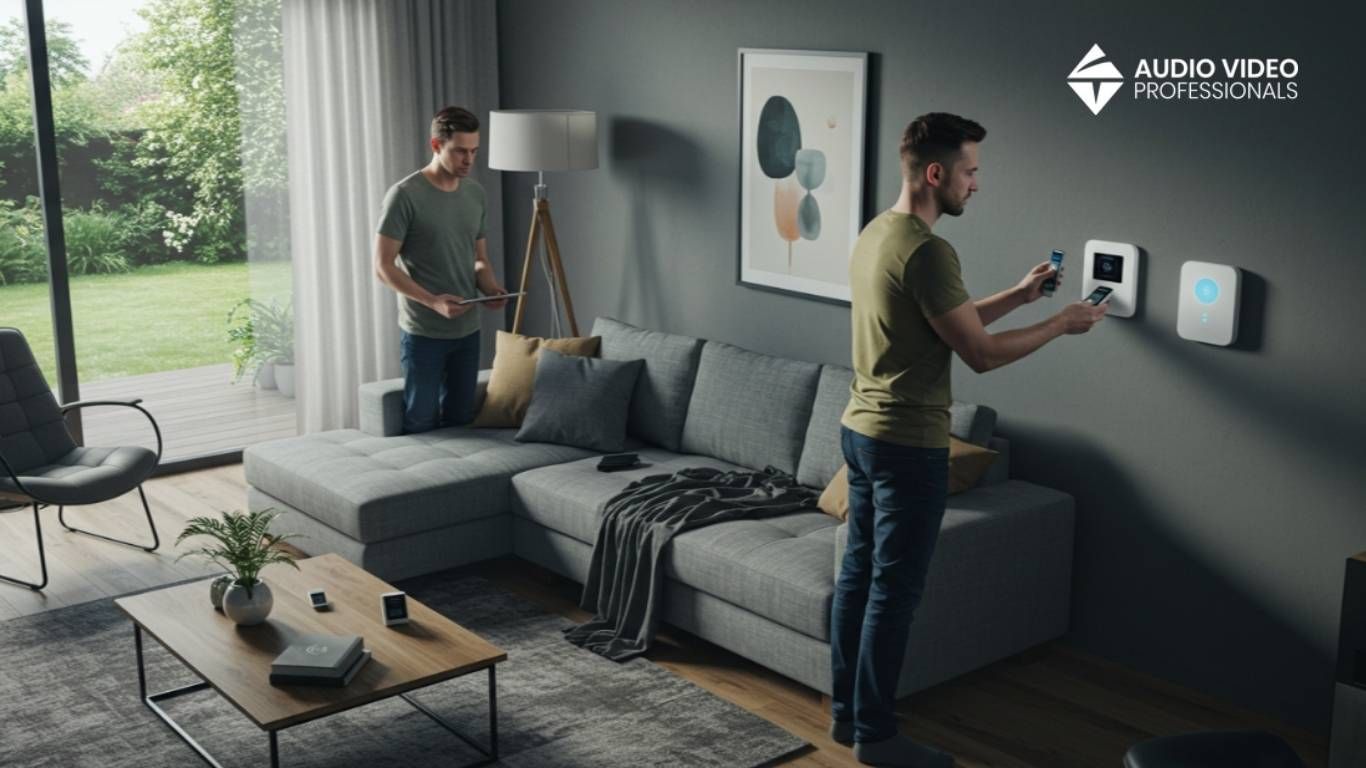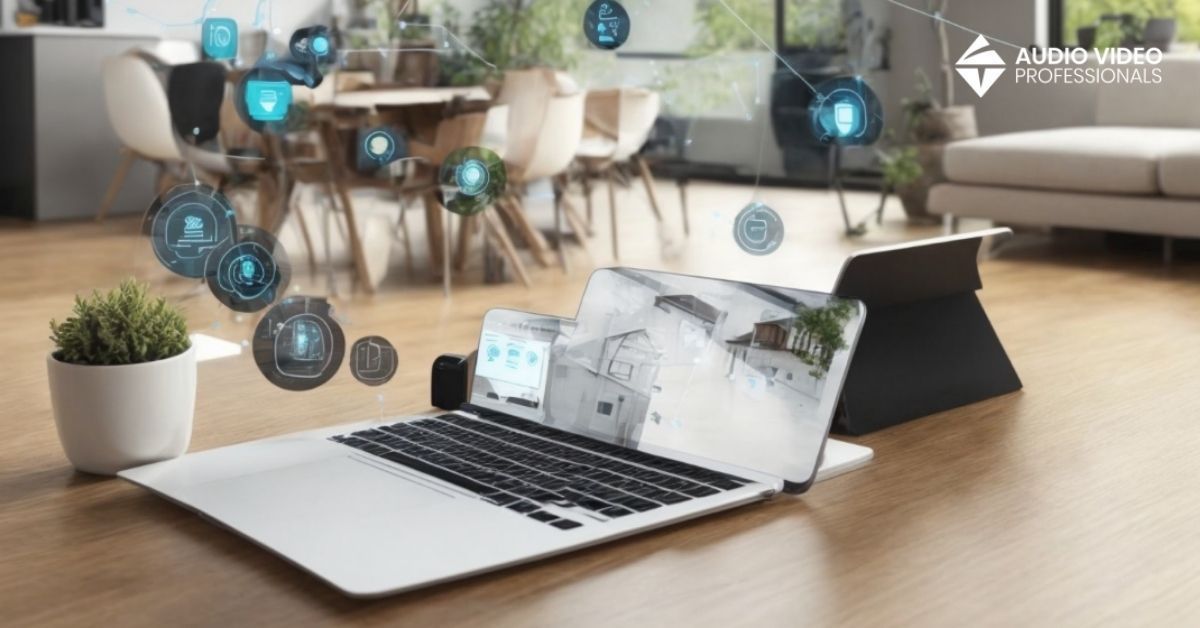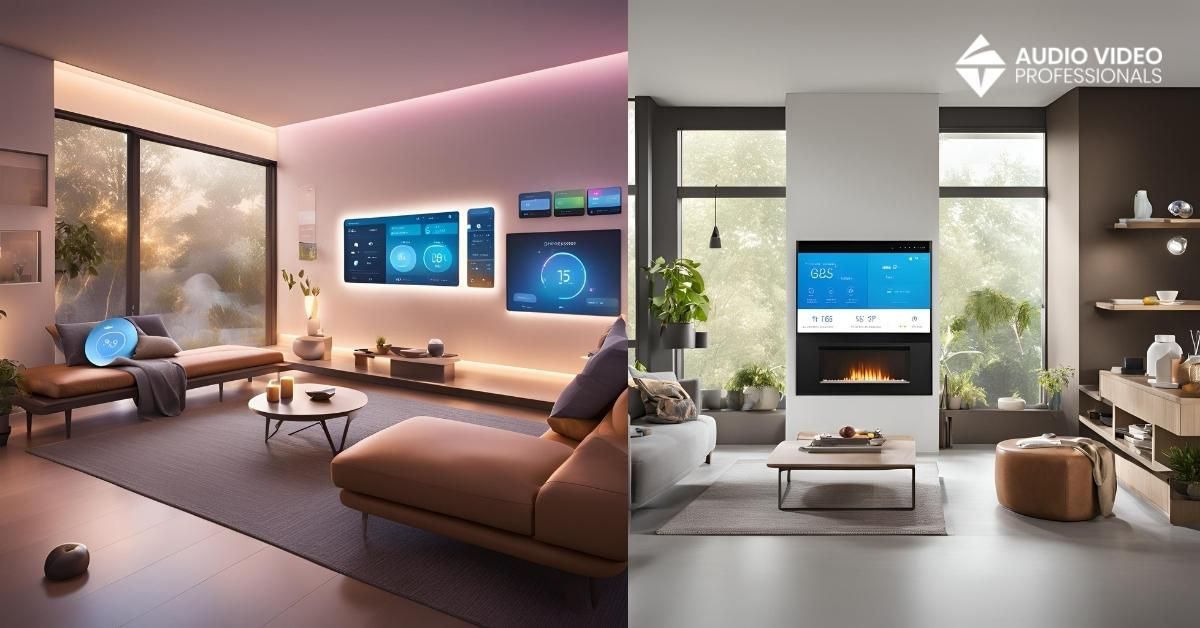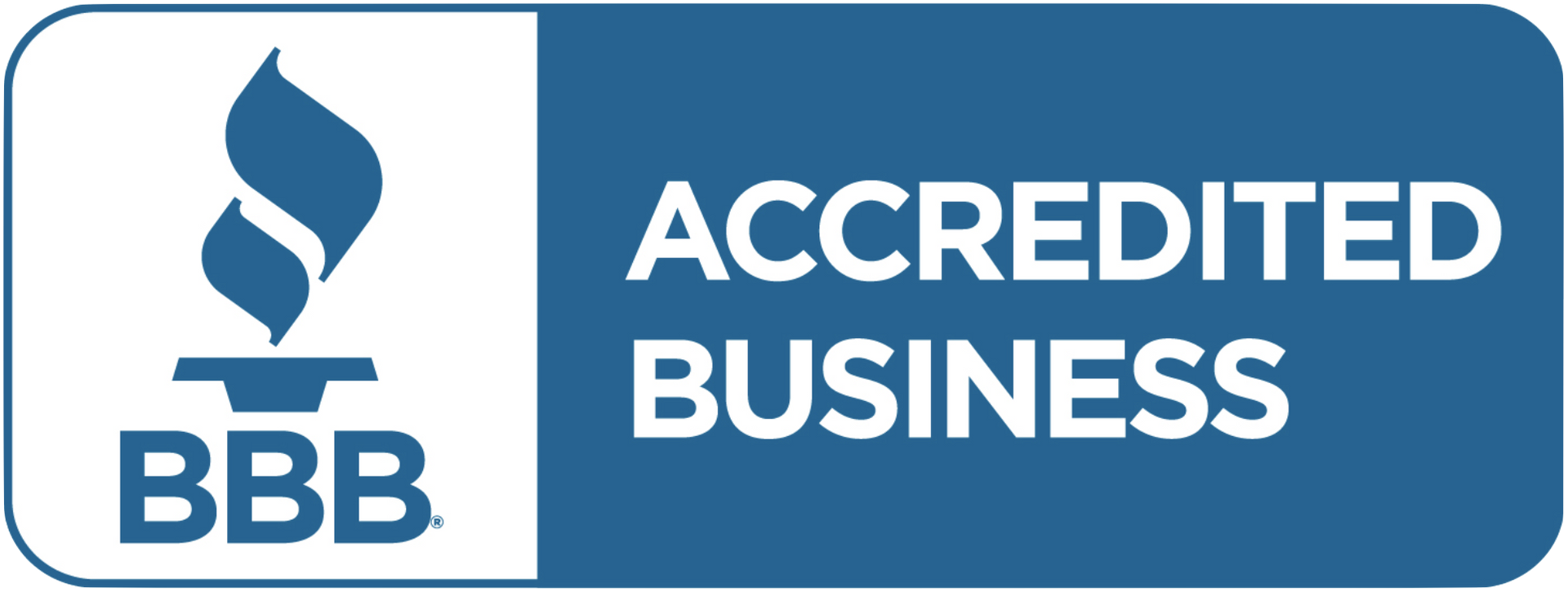How Does Smart Home Automation Works
Smart home automation is revolutionizing the way we live by integrating technology into our everyday routines. With the ability to control lighting, security, temperature, and even appliances from your smartphone, smart home automation offers unparalleled convenience, efficiency, and security. This article will delve into how smart home automation works, providing a comprehensive overview of its components and functionality. From setting up routines to ensuring your home is secure while you're away, understanding the workings of smart home automation can help you make the most of this cutting-edge technology.
Smart home automation works by connecting a network of devices through the internet, allowing users to monitor, control, and automate various home functions for increased convenience, efficiency, and security.
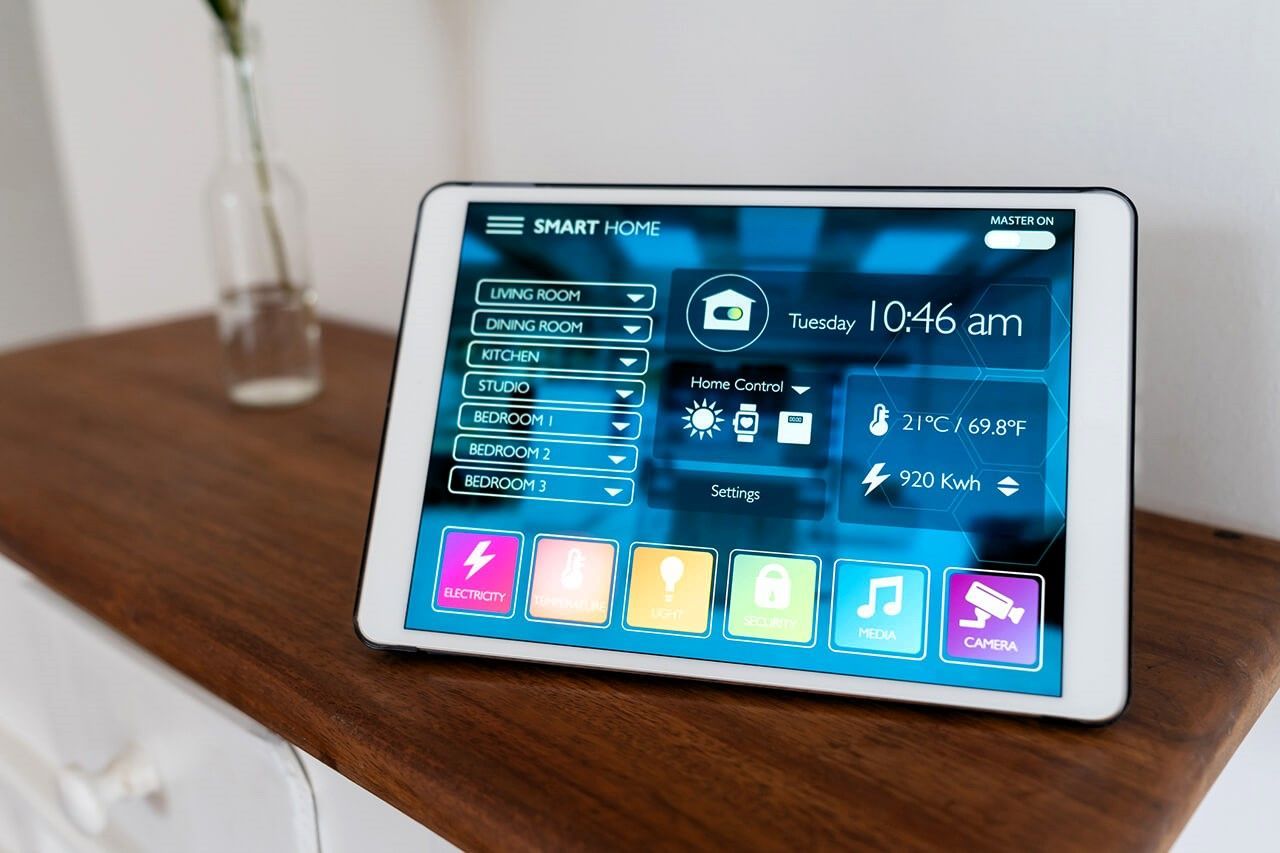
Understanding Smart Home Automation
Smart home automation refers to the technological setup that allows users to control various aspects of their home environment through internet-connected devices. This includes tasks like adjusting lights, locking doors, setting the thermostat, and more. The journey of home automation began decades ago with basic programmable thermostats and has now evolved into comprehensive systems that integrate numerous devices and functionalities. As of 2024, advancements in technology have made these systems more accessible and sophisticated.
Core Components of Smart Home Automation
The core components of smart home automation include hardware, electronic interfaces, and communication protocols. The hardware consists of the smart devices themselves, such as lights, locks, thermostats, cameras, and appliances. Each device is equipped with sensors and controllers that enable remote operation and automation. The electronic interfaces are the touchpoints that allow users to interact with their smart home system, which can be through smartphone apps, wall-mounted control panels, or voice-controlled assistants. The communication protocols are the languages that devices use to communicate, such as WiFi, Zigbee, Z-Wave, Bluetooth, and Thread. Wired systems are also available but are more common in new constructions.
How Smart Home Automation Works
Smart home automation works by connecting a network of devices so they can communicate and be controlled remotely. Devices connect to the internet either directly or through a central hub, enabling them to communicate and be controlled remotely. Smart speakers and displays with built-in voice assistants like Alexa, Google Assistant, or Siri often act as the central hub. Users can set up automation rules, schedules, and scenes to manage their devices. For example, lights can turn on at sunset, thermostats can adjust temperatures based on your schedule, and security cameras can activate when motion is detected. Real-time monitoring is possible through apps that provide live feeds from security cameras, alerts from sensors, and status updates on all connected devices. Remote access allows users to control their home from anywhere in the world.
Benefits of Smart Home Automation
Smart home automation offersnumerous benefits, including convenience, energy efficiency, security, and comfort. Automating routine tasks such as turning off lights, locking doors, and adjusting thermostats saves time and effort. Smart thermostats and lighting systems can significantly reduce energy consumption by optimizing usage based on occupancy and schedules. Enhanced security features include remote monitoring, automated locks, and integration with security cameras and alarm systems. Smart home systems create a more comfortable living environment by allowing personalized settings for lighting, temperature, and entertainment.
Conclusion
Smart home automation represents a significant leap forward in home management, offering a blend of convenience, security, and efficiency. By understanding how these systems work, homeowners can better utilize their capabilities to create a more comfortable and responsive living environment. Whether you're new to smart home technology or looking to expand your existing setup, the possibilities are endless and continue to grow with advancements in technology.
FAQs
What is smart home automation?
Smart home automation involves the use of internet-connected devices to control and automate household functions such as lighting, temperature, security, and appliances. It enhances convenience, efficiency, and security by allowing users to manage their home from anywhere using a smartphone or voice commands.
How do smart home devices communicate with each other?
Smart home devices communicate through various protocols such as WiFi, Zigbee, Z-Wave, Bluetooth, and Thread. These protocols enable devices to send and receive information, allowing them to interact and perform automated tasks. A central hub or smart speaker often facilitates this communication.
Can I set up smart home automation myself, or do I need a professional?
Many smart home devices are designed for easy DIY installation and can be set up by following the manufacturer's instructions. However, for more complex systems or integrations, professional installation may be beneficial to ensure everything works seamlessly.
What are the most common smart home devices?
Common smart home devices include smart lights, thermostats, locks, security cameras, video doorbells, and smart speakers. These devices offer a range of functionalities, from remote control and scheduling to automation and monitoring.
Is smart home automation secure?
While smart home automation offers many benefits, it is important to ensure security by using strong passwords, keeping software updated, and securing your home network. Some devices also offer features like two-factor authentication to enhance security.
Can smart home devices save me money?
Yes, smart home devices can save money by improving energy efficiency. For example, smart thermostats optimize heating and cooling, and smart lighting systems reduce electricity usage by turning off lights when not needed.
Do I need a central hub for my smart home system?
A central hub can simplify the management of multiple smart devices, especially if they use different communication protocols. However, many modern smart home systems can also function without a hub, using WiFi or integrating directly with smart speakers like Amazon Echo or Google Home.
This blog is proudly brought to you by Audio Video Idaho, your trusted source for custom audio-visual solutions. Digital marketing support provided by Pro Growe, specialists in SEO and web presence for small businesses.
Need help? Get a call back!
Call Us Today
Our Services
Our Company
Location: Meridian, ID 83646
Email: info@audiovideoidaho.com
Call Us Today 208-546-9478
We Are Social
Hours Of Operation
Monday to Friday 8:00 AM - 5:00 PM
Saturday: Appointment Only
Sunday: Closed
All Rights Reserved | Audio Video Professionals

